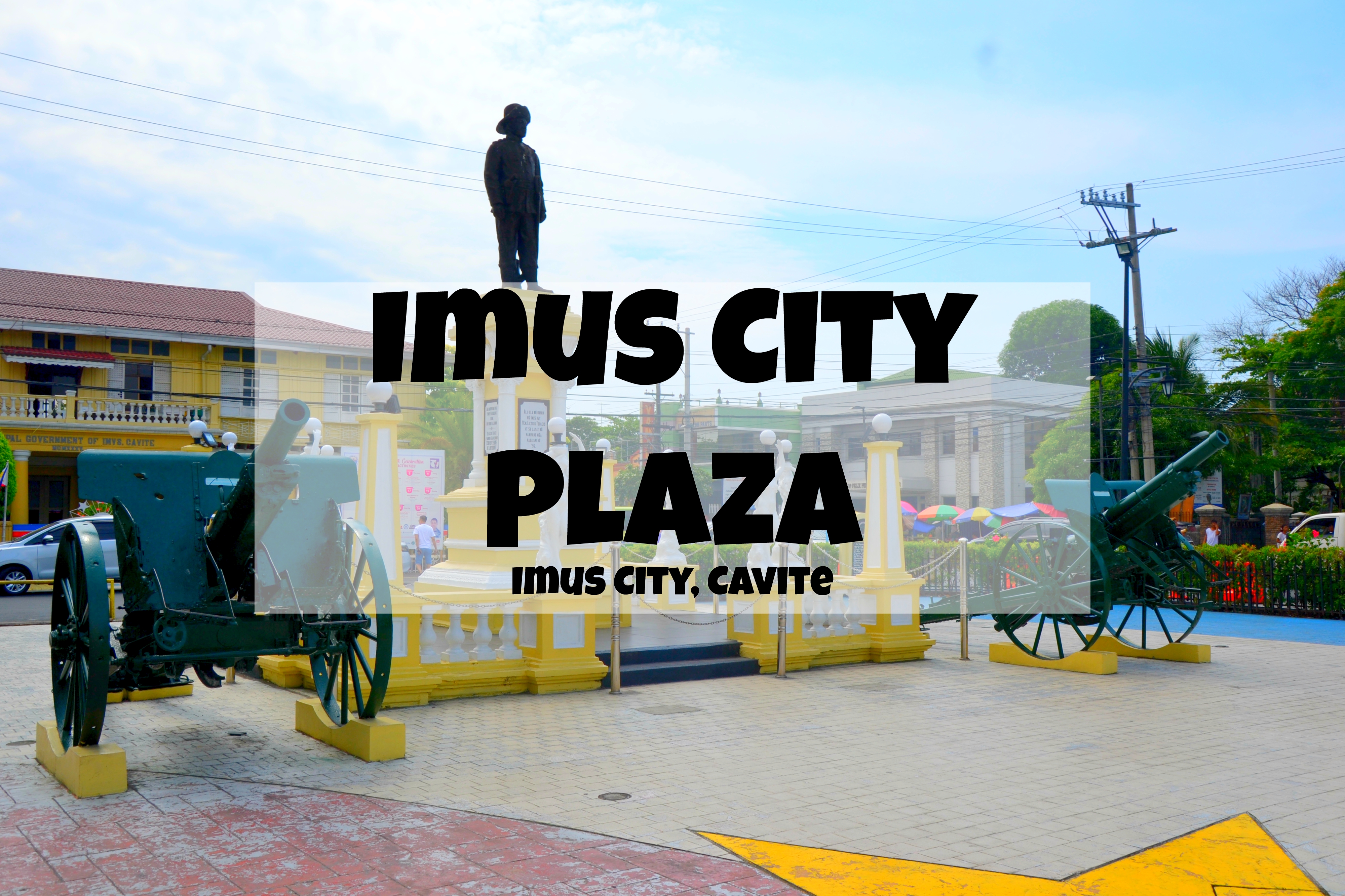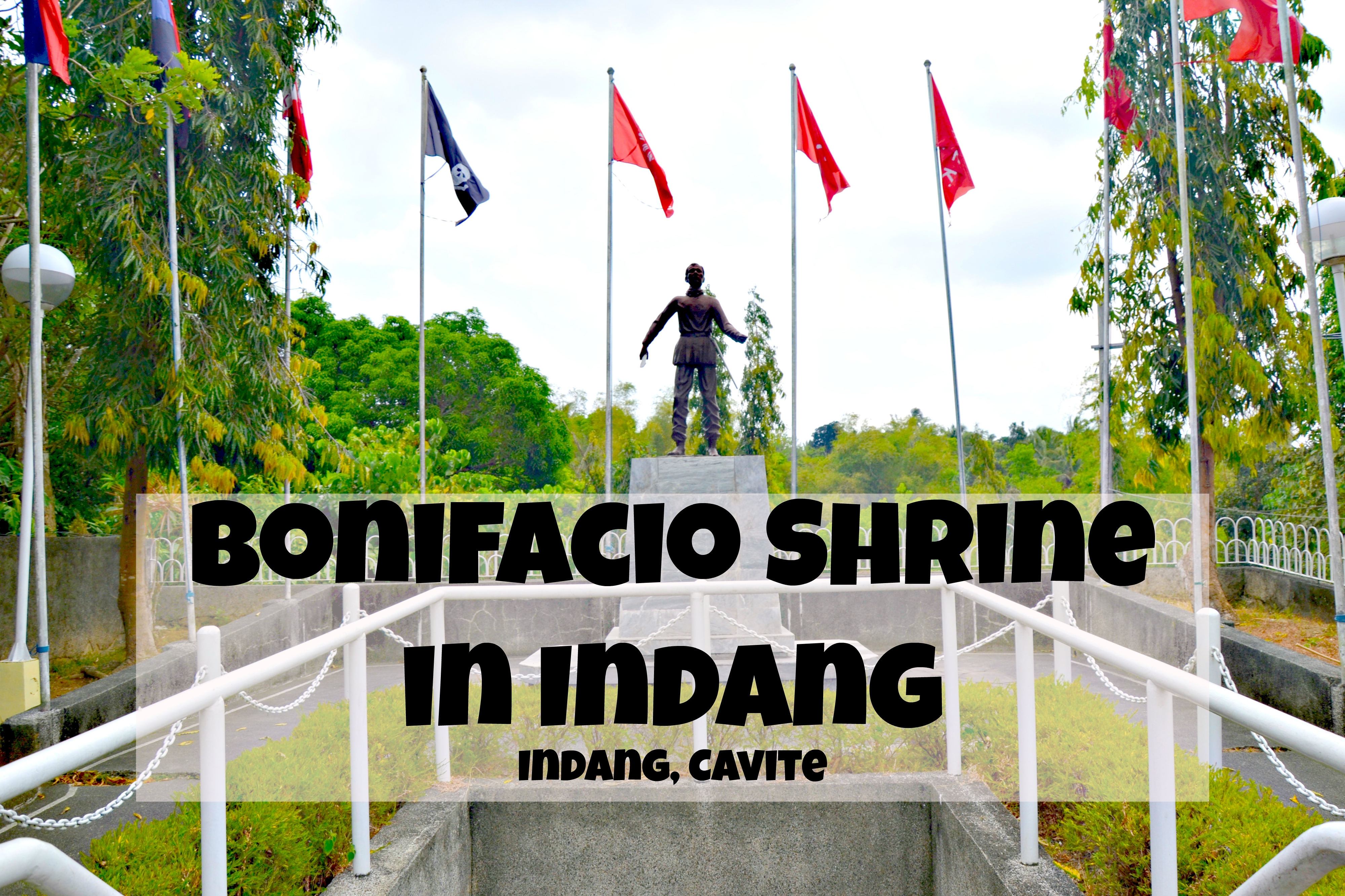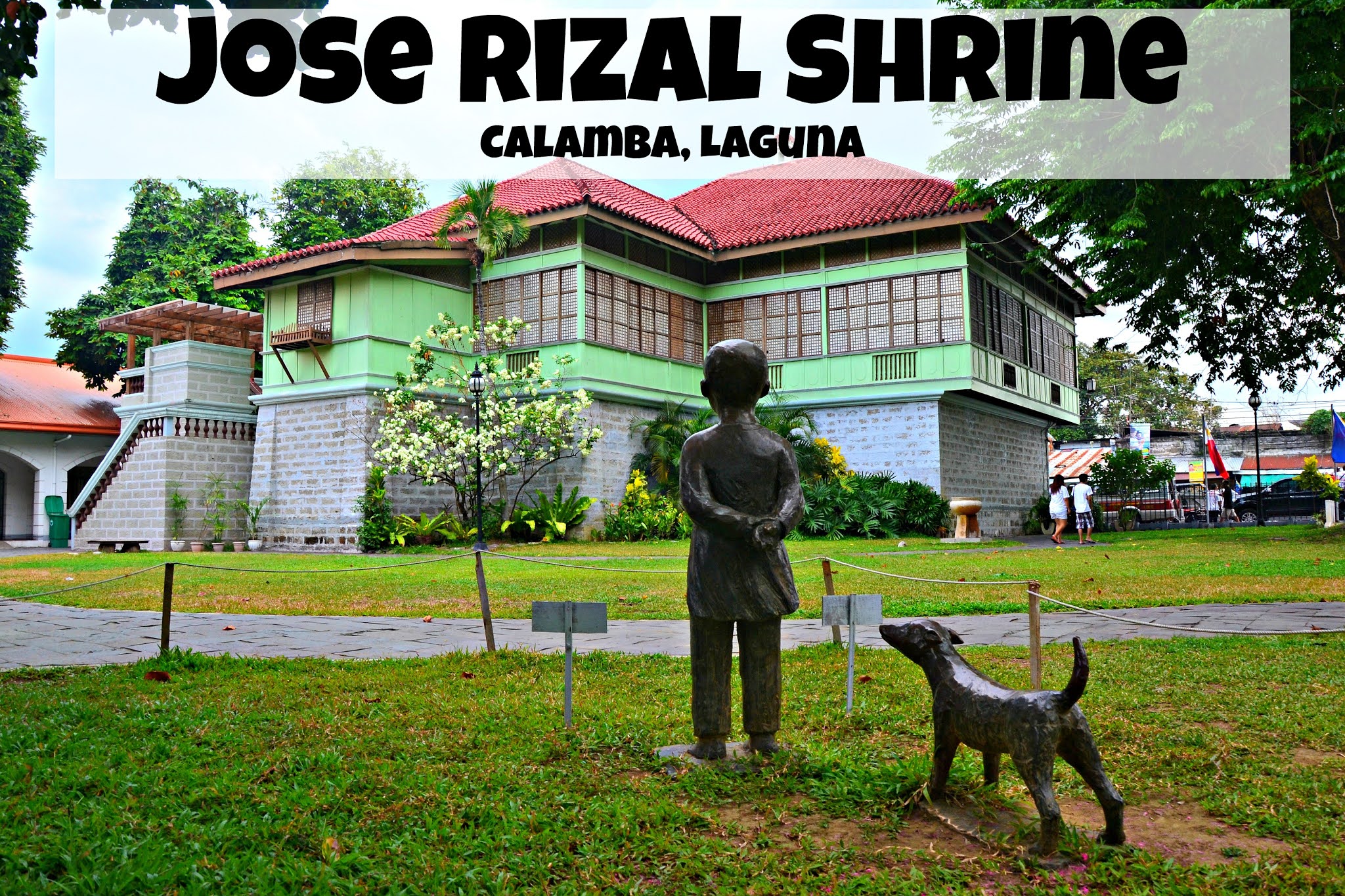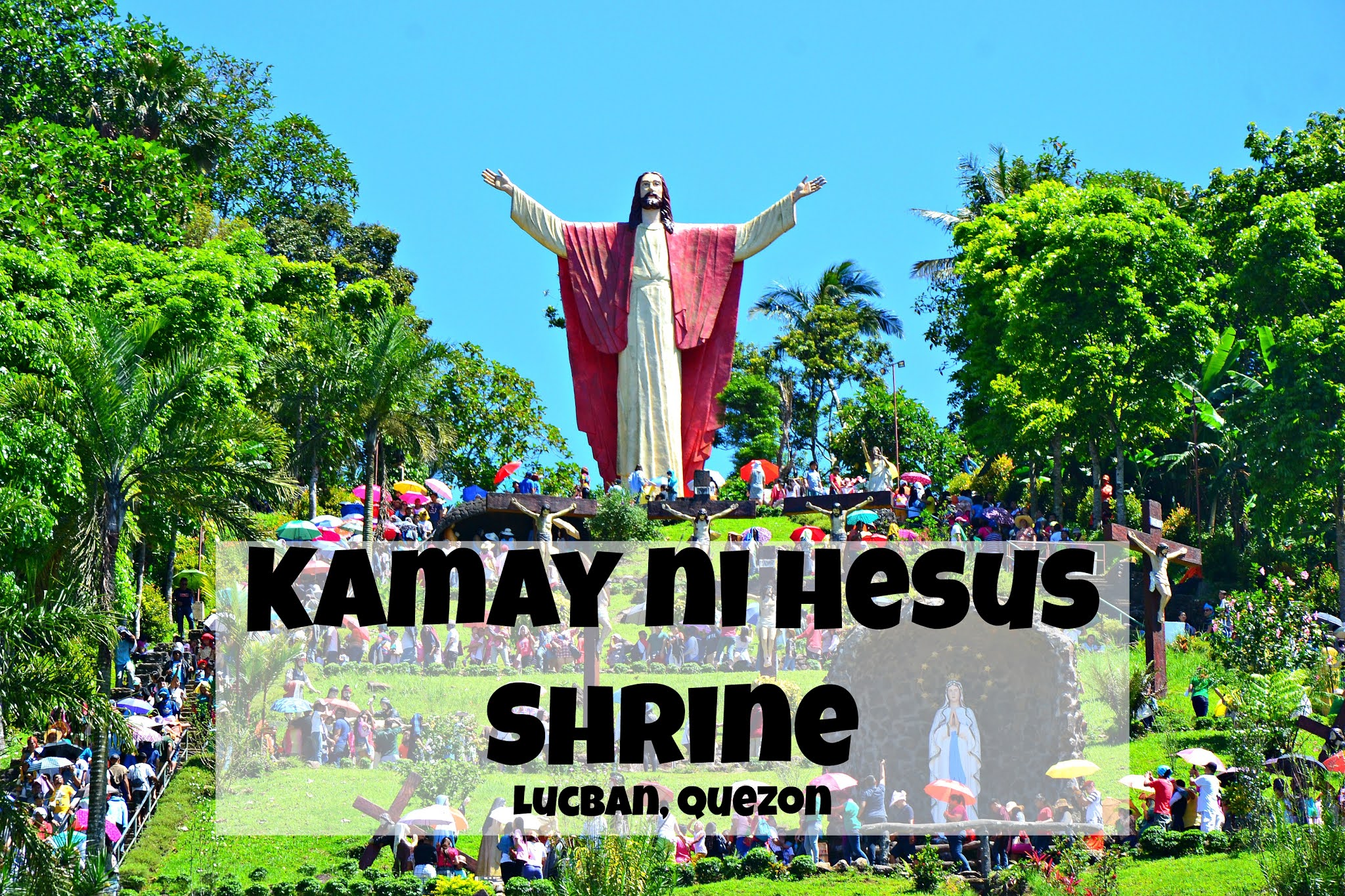Day 327: September 24, 2022
Saturday - 9.24-25 Family Road Trip D1
Today is the second day of our second long weekend excursion this month. However, due to inclement weather, we decided to cancel our plans yesterday. We were about to cancel the entire trip and just stay home the whole weekend, but thankfully, I was able to devise an alternate itinerary last night that my wife accepted.
It was still rainy when we left home but according to the weather forecast, it would be better by noon. We left our home in Rumoi around 8 AM. We drove eastward toward our first destination which was the town of Horokanai (幌加内町). The trip was about an hour and 10 minutes long. We made several stops at scenic places along the way.
 |
| Horokanai Shrine's torii gate |
Horokanai is known for having recorded the coldest temperature in Japan which was -41.2°C. The first place that we visited in town was the Horokanai Shrine (幌加内神社). It was raining when we arrived but it wasn't enough to stop me and my daughter from paying respects and also offering some prayers for this trip.
 |
| Watching the soba master make buckwheat noodles |
 |
| We tried the buckwheat soft cream |
Our next stop is the Roadside Station Mori-to-Mizuumi-no-Sato (道の駅 森と湖の里ほろかない) which is famous for its onsen and its buckwheat soba. Sadly, we tried neither but we were able to buy and taste the buckwheat soft cream.
 |
| National Route 275 |
 |
| Certificate of Visiting Japan's Coldest Region |
The last stop in Horokanai is the Moshiri Crystal Park (母子里クリスタルパーク). It's a park dedicated to the historic -41.2°C temperature reading. There was nothing much to do in the park so after getting the Certificate of Visiting Japan's Coldest Region, we went on our way.
 |
| National Route 275 |
 |
| Seems like we're going to have a lot of kimchi this winter |
From there, we continued to the town of Bifuka (美深町). The town is known for its caviar and agricultural products like cabbages and pumpkins. Our first stop in Bifuka is the Bifuka Roadside Station (道の駅 びふか). My wife was able to buy most of the ingredients that she needed to make kimchi.
 |
| We enjoyed feeding the sturgeon |
 |
| Sturgeon fish tanks |
I few meters away from the roadside station was the Bifuka Sturgeon Museum (美深チョウザメ館). It houses dozens of surgeons. We were not able to buy caviar though as it was not in season when we visited.
We then drove to the town center to visit the last destination in our itinerary which is Bifuka Shrine (美深神社). My daughter and I did our tradition of paying respects and offering prayers before making a wish.
Having explored Bifuka, we then traveled to Nayoro City (名寄市). The city is well-known for its rice and its manufactured goods. The mochi is one such item. The first place that we visited in town was the Nayoro Shrine (名寄神社). Like every shrine that we visit, we pay our respects and offer some prayers for the safety of our trip.
 |
| Nayoro Park |
 |
| The foliage today looks amazing |
 |
| Nayoro City Kitaguni Museum |
 |
| This is how it looks like in the train operator's cabin |
From there, we went to the southwestern tip of Nayoro Park (名寄公園) to see the SL Snow Removal Train "Kimaroki" (SL排雪列車「キマロキ」). We parked at the parking area of Nayoro City Kitaguni Museum (名寄市北国博物館). We also wanted to explore the museum too but decided to check out the train instead as we were pressed for time. My daughter and I had fun taking photos with the train and we even made a Spiderman-themed shoot.
 |
| AEON Mall Nayoro (イオン名寄店) |
 |
| Ella had a hard time picking which gatchapon she'd get. |
 |
| AEON Mall Dino Display |
Since it was already the afternoon, we decided to head to AEON Mall Nayoro (イオン名寄店) to buy the ingredients for our dinner later. We also explored the mall a bit so that my wife would get a break from driving.
 |
| Daifuku Mochi Vending Machine |
Before leaving the city we made a quick stop at the Roadside Station Mochigome no Sato Nayoro (道の駅 もち米の里・なよろ) so that my daughter and I could get the roadside station stamp for the Hokkaido Roadside Station Stamp Rally.
 |
| Heading back to Horokanai |
We didn't stay that long in the roadside station. We made sure to head back to Horokanai before sundown so that set up our tent at Shumaranai Lake Camping Ground (朱鞠内湖畔キャンプ場). The overnight camping cost was 3500 yen.
 |
| Lake Shumarinai |
 |
| Pitching our tent at the banks of Lake Shumarinai |
 |
| Dinner time |
Shumaranaikohan Camping Ground (朱鞠内湖畔キャンプ場) has several camping areas to choose from. we decided to camp at Shumaranaiko Daiichi Camping Ground (朱鞠内湖第一キャンプ場). Once we were all set, we cooked sukiyaki for dinner.
 |
| Itadakemasu! |
We finished the day at about 10 p.m. It poured all night and into the next morning till 3 a.m. Fortunately, the impromptu waterproofing of the aluminum mat and shower curtain worked. As a result, we slept peacefully the entire night, warm and dry.























































Comments
Post a Comment